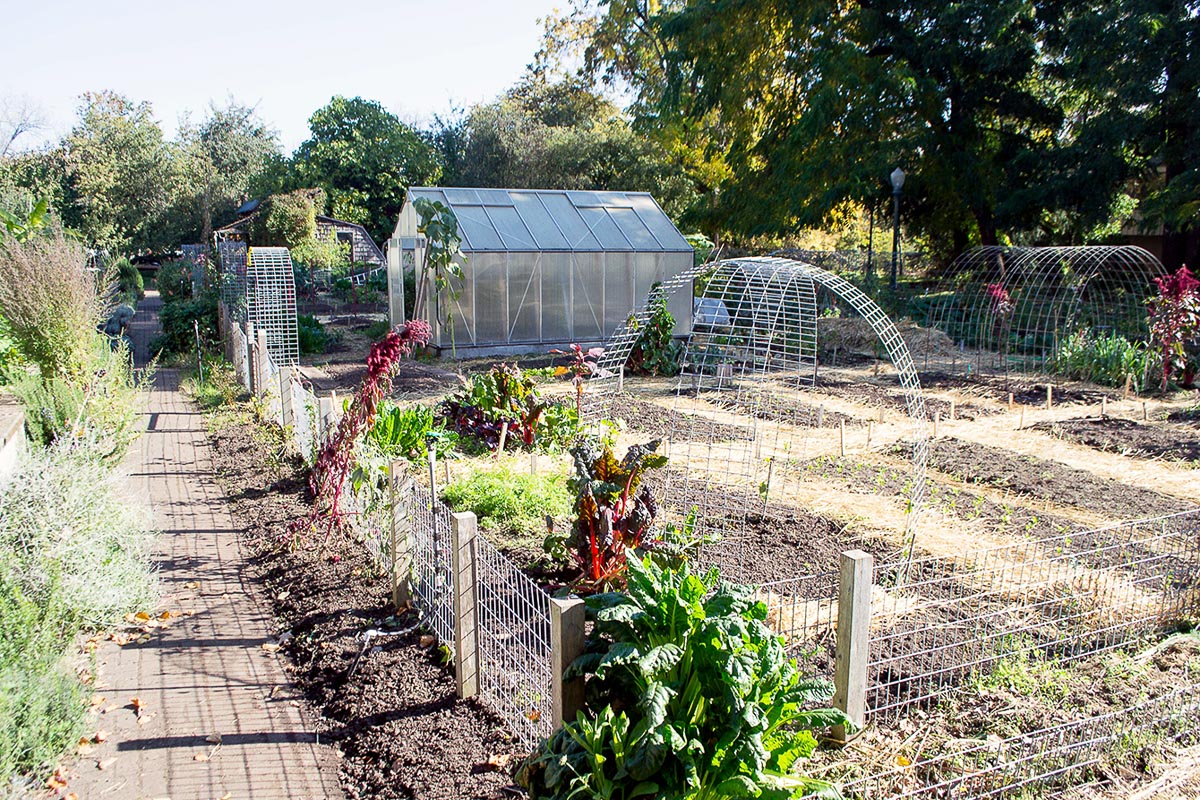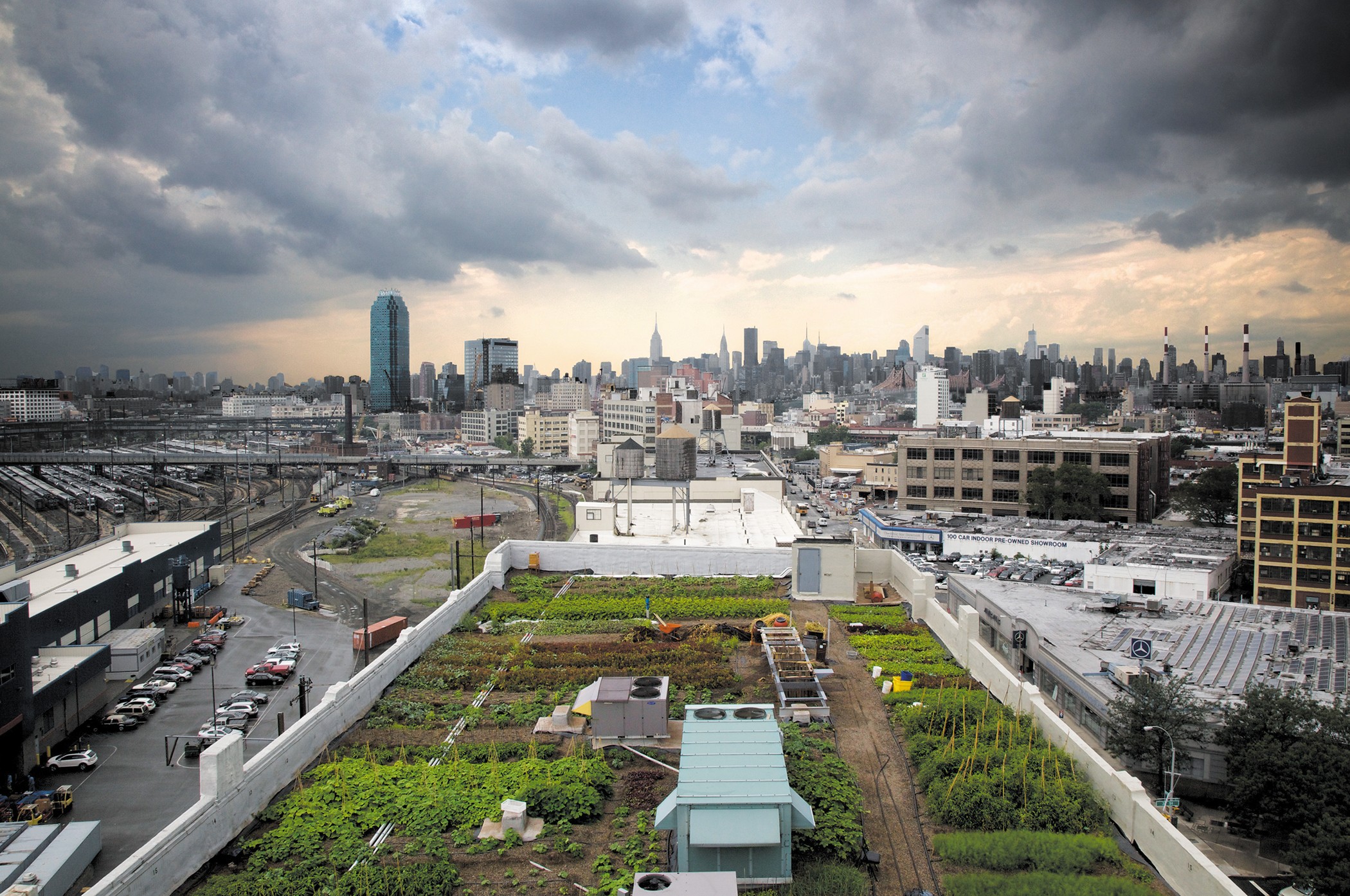City Blooming Fundamentals Explained
Table of ContentsThe Definitive Guide for City BloomingCity Blooming Can Be Fun For AnyoneWhat Does City Blooming Mean?Getting My City Blooming To WorkHow City Blooming can Save You Time, Stress, and Money.
Fascinated in expanding food for sale in the City of Chicago? Considering beginning a neighborhood garden? Modifications to the Chicago Zoning Ordinance permit agricultural usages like community gardens and urban ranches in lots of parts of the city. Below is a list of frequently asked concerns relating to the regulations and regulations that farmers need to consider when intending an urban agriculture job.
The zoning amendment does not modify any kind of other codes dealing with composting, structure licenses, acquiring or leasing City owned property, business licenses or environmental contamination. There are existing codes that regulate these issues and they remain completely impact and might be appropriate to your task. Community yards are generally possessed or handled by public entities, public organizations or community-based organizations and kept by volunteers.
Urban ranches expand food that is meant to be sold, either on a nonprofit or for-profit basis. Due to their commercial purpose, metropolitan farms need a company certificate.
Getting The City Blooming To Work
The amount of garden compost product can not go beyond 25 cubic backyards at any offered time according to the requirements in 7-28-715 of the City's Municipal Code. Since the dirt at most new garden websites requires amending, garden compost, soil, timber chips, or various other materials can be obtained to build or boost the expanding area.

If a building authorization is needed then the hoophouse will certainly be taken into consideration an accessory structure. You can locate out even more concerning the building license requirements by contacting the Division of Buildings. The 25,000-square-foot size restriction is intended to protect against a single area garden from controling an offered block or interfering with the block's existing domestic or business character.
The limitation does not apply to yards situated in Public Open Space (POS) districts. Can there be even more than one neighborhood garden that is 25,000 square feet on a solitary block? Fencing is not required, nonetheless, yards that have large car park areas may be required to mount fencing or other landscaping attributes.
City Blooming Fundamentals Explained
B1 & B2 areas call for that all industrial use tasks be conducted indoors. R areas restrict business activity. The regulations mirror the function and intent of the Zoning Code. Is fence needed for urban ranches? Yes. Fences might be called for, together with landscaping and screening, for sure car park locations and exterior job or storage areas relying on place and the details task happening.
Yes. Urban farms require structure authorizations and zoning authorizations before building. Other like this forms of city testimonial may be required relying on certain structures, activities, dimension, landscaping, licensing, public heath and stormwater monitoring problems. Most of these needs are recognized in the project layout or allowing process, nonetheless, the applicant might be liable to individually identify particular licenses or permits that may be needed.
Yes. The sort of permit is figured out by what is taking place at the site. The Department of Organization Matters and Consumer Security can aid identify the details type of organization license that's called for. Yes. Off road auto parking is required for a lot of commercial tasks in Chicago. The required variety of garage is based on the number of employees working with website and not the square footage of the growing room.
The Greatest Guide To City Blooming

Yes. An urban farm can offer garden compost product created on site, nonetheless, the operation needs to abide by the regulations in 7-28-715 of the Chicago Municipal Code. Yes. Aquaponic systems are allowed indoors on city ranches in lots of zoning districts. However, a zoning review and building authorization is required in order to install structures or systems and a service certificate is called for as explained over.
Approximately five hives or nests of honey bees might be maintained as an accessory usage. Beekeepers must sign up with the Illinois Division of Agriculture. For additional information concerning the suggested zoning modification you may get in touch with the Department of Housing and Economic Growth, Bureau of Planning and Zoning at 312.744.8563.
Farming in cities and urban locations A metropolitan ranch in Chicago. Urban agriculture describes different practices of cultivating. https://www.producthunt.com/@cityblooming11, processing, and distributing food in urban areas. The term likewise puts on the location tasks of animal husbandry, tank farming, beekeeping, and cultivation in an urban context. Urban agriculture is identified from peri-urban farming, which occurs in rural areas at the edge of suburbs.
4 Simple Techniques For City Blooming
, that look for to form social networks established on a common values of nature and area holism. These networks can create by way of formal institutional support, becoming integrated right into local town planning as a "transition community" motion for sustainable urban development.
Some of the first proof of metropolitan agriculture comes from Mesopotamia.